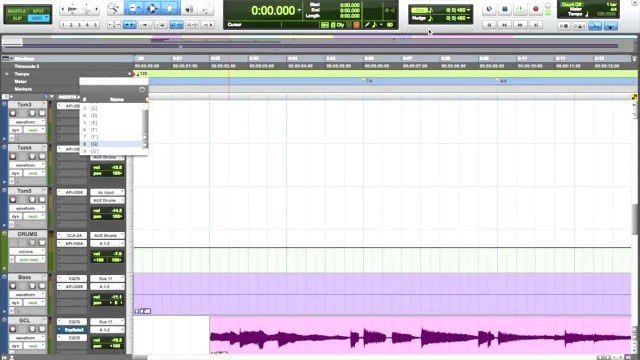Hello and welcome! In this tutorial we're going to take a very in-depth look at time signatures. This is a rather large tutorial, but don't let that overwhelm you. I'd encourage you to go through it slowly so you can digest all the information.
First off, if you have no idea what time signatures are or how they work, please check out this lesson before going any further. Otherwise, let's continue!
I think it's extremely vital for guitarists to have a solid understanding of rhythmic theory. The rhythmic aspect of music is just as important as the melodic aspect. No matter what kind of instrumentalist you are, rhythm applies to what you play. So in this tutorial, we're going to analyze an essential part of music and its rhythm...time signatures.
We're going to look at many different kinds of time signatures. I'm going to analyze each one with you, then I'll give you one or two example riffs within the appropriate time signature. The riffs will vary geatly in style and difficulty. However, no matter your style or skill level, I'd encourage you to analyze each example thoroughly. And even though we'll learn some cool riffs in this tutorial, that isn't its main purpose. The main purpose is to understand the mechanics of how time signatures work. So try not to skip any examples. If you don't want to play all of them, that's fine, but at least look at each one and analyze how the notes interact within the given time signature.
The last section of this tutorial will encompass all of the backing tracks for the tutorial examples. So anytime you're ready to learn a particular example, go ahead and use the drop down menu to skip ahead.
Okay! Ready to get started? Let's look at the 4/4 time signature in the next lesson.














































































































































































